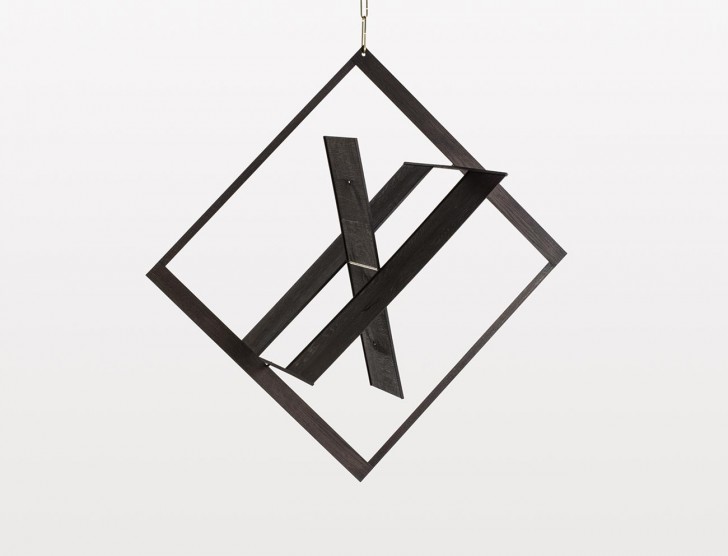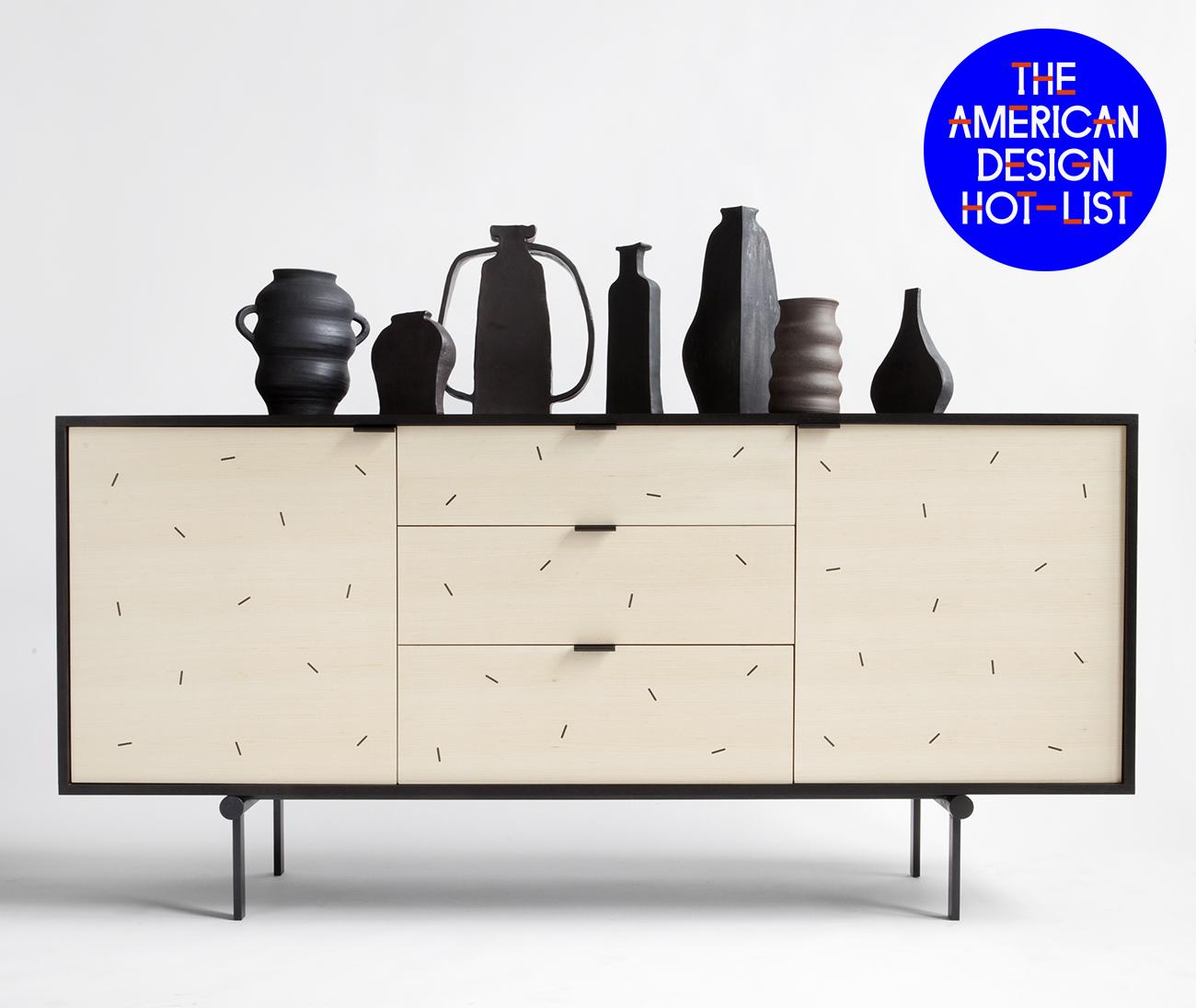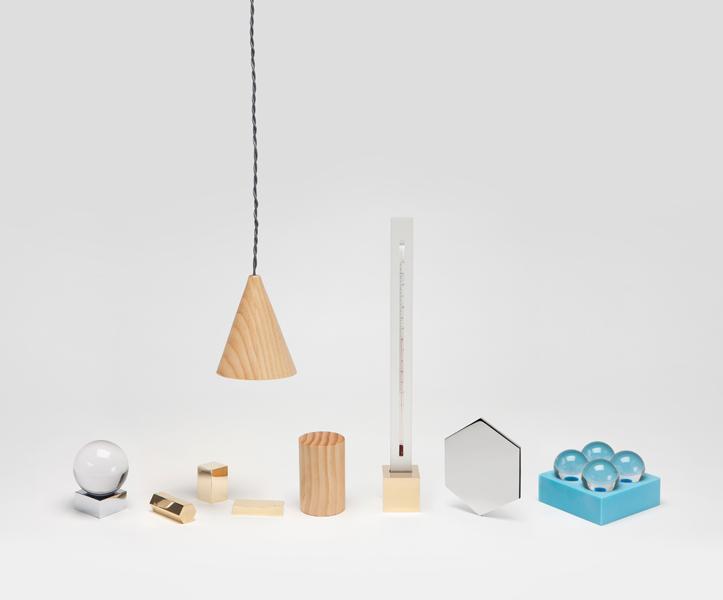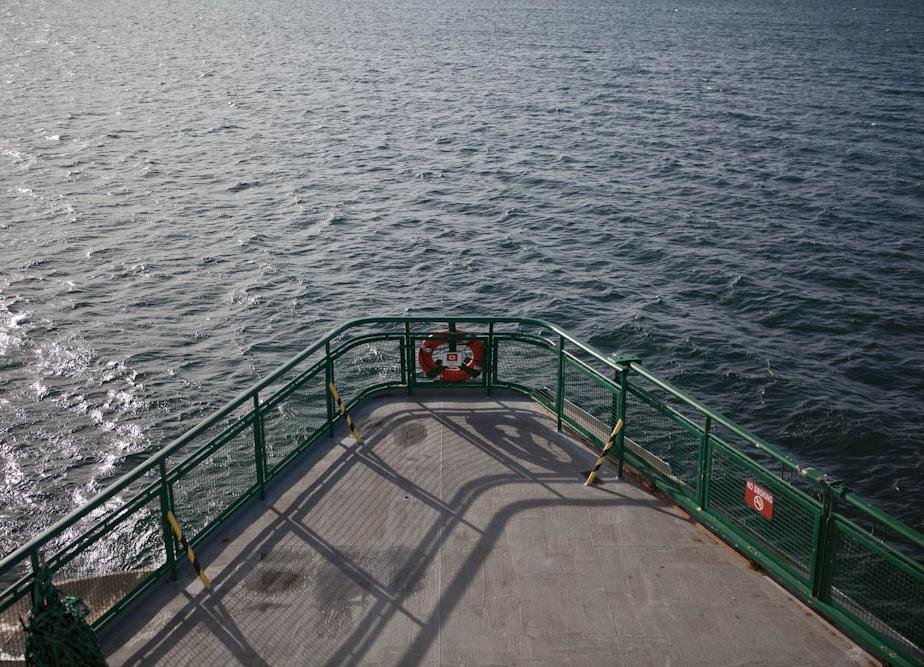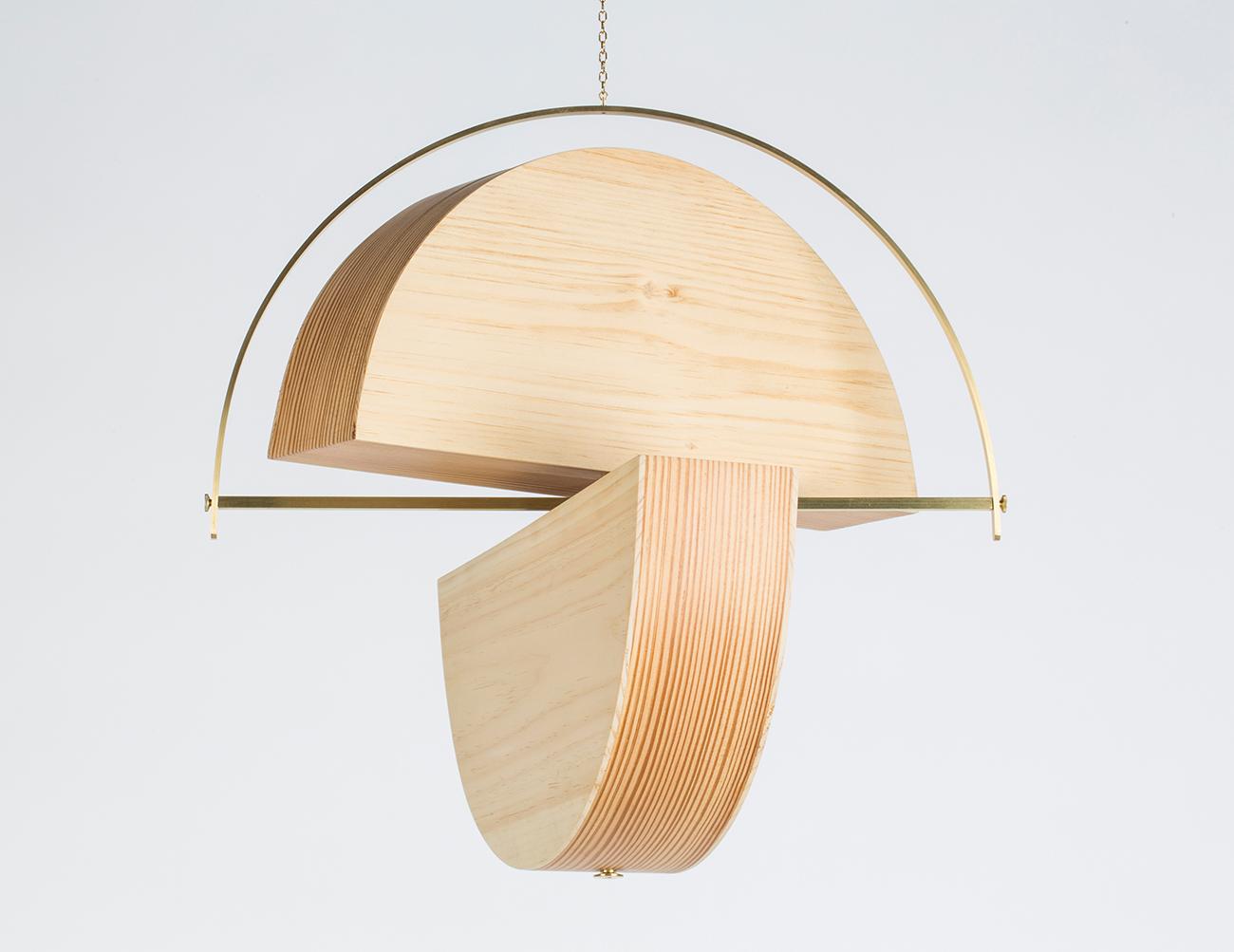
American Design Hot List 2014
Karl Zahn
Brooklyn, karlzahn.com
A onetime designer of wooden toys for Areaware and a designer at Lindsey Adelman’s studio, Zahn came into his own this spring with a stunning collection of kinetic, sculptural pieces for Matter.
What is American design to you, and what excites you about it?
I think American design is in the middle of rediscovering itself right now. We have a history of ingenuity and a very definite modernist aesthetic, but we haven’t moved much beyond that until now. Thanks to the Internet and the world becoming a seemingly smaller place, global design has been heavily influencing the American design scene and I think we are now making waves in return. It is an exciting time to be involved in the community because we are starting to establish again what that American design aesthetic actually is. There are so many talented designers, chipping away at what that word means and proving that we can hold our own on the global stage. We are setting the foundations of a new, really intriguing formal language that is still rooted in American ingenuity and the prowess that we have inherited. And I think the world is ready for some honest, classic, and ultimately beautiful work.
What are your plans and highlights for the upcoming year?
This past design week I had an opportunity to show some work which I would consider far more sculptural than design. But the process of making for the sake of experimentation and solely for beauty was so very enlightening and fun. I made it a point not to make anything with a purpose but of course found myself tinkering with some basic products along the way. Now that the experiment has been shown, and based on the reactions that the work has received, I feel more comfortable pushing some of those products further and I am planning on showing another collection of experiments for this coming design week.
What inspires your work in general?
I think this past year has helped to push me into a different place than I was expecting creatively. Where I used to be fascinated with connections and the cleanliness of intersecting materials, I am finding that the very point of contact is far more interesting than the whole. That place where two surfaces meet, or where moving lines pass one another, or where the visual weight of one thing begins to affect another: It’s a sort of metaphorical chiaroscuro playing with light and heft rather than light and dark.
The show that I had in May was primarily about balance and movement, and I think finding this place had a lot to do with that direction. While it’s easy to think of a wood joint holding a chair leg together as being a connection, it’s much more difficult and ethereal to consider a large massive body balancing precariously on the tip of a small needle. These are both solid connections, but one is so seemingly precarious that it adds an emotive quality that I think I was missing. My inspiration now is to take this curiosity and try to play in different directions and applications.
This experiment has been visually exciting but there’s also the tremendous feeling that you get when you first set something you’ve made into motion. It’s the evil villain wringing his hands facing the camera saying “the plan worked perfectly” feeling. When you first give a sculpture a little shove and it proceeds to dance on its own, it makes you proud and it never fails to teach you something. Making things move is hard. Allowing them to do what they want is also hard. But embracing what they want to do and encouraging them to do it better is humbling and exciting. It’s like you’re having a conversation with the piece. And I would much rather ask the square peg if it wants to fit through the round hole than get a bigger hammer.
